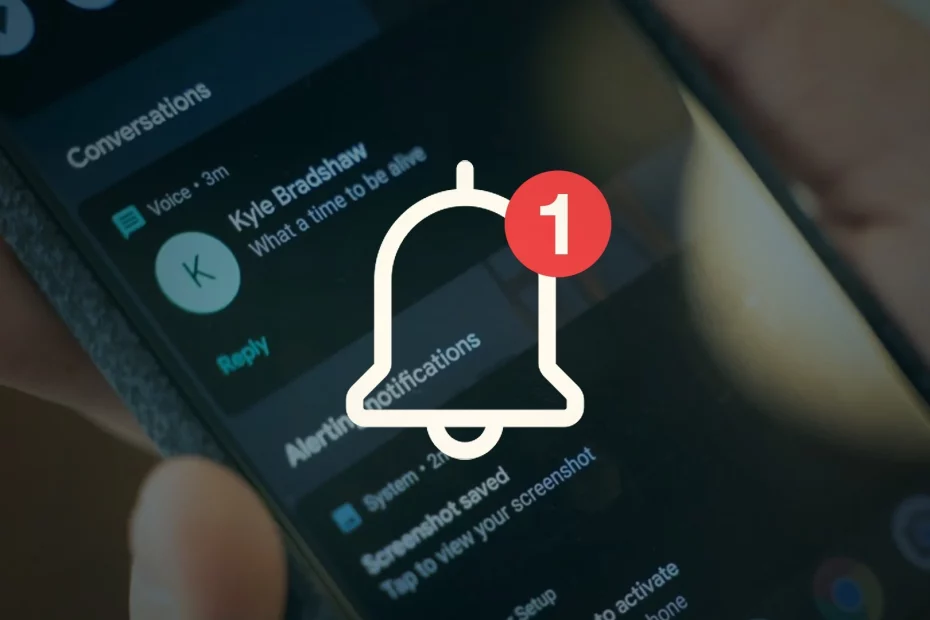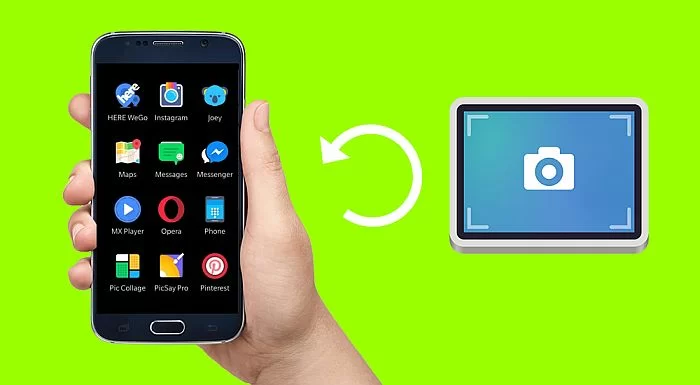Voicemail notification is often a nuisance for Android and iPhone (iOS) cell phone users. It appears on the device when a call is not answered and someone leaves a message to be played later.
Adverts
The feature may be important for some people, but many just want a way to dismiss the notification, which is not always intuitive, depending on the device used.
Fortunately, there are ways to resolve the situation, such as opting out of receiving these messages and even contacting telephone companies to cancel the service.
In the following tutorial, see how to carry out the procedure and also understand how to contact operators such as Claro, Tim and Vivo to permanently deactivate messages.
How to Clear Voicemail Notification on Android
Step 1. On Android, access the “Configure” option. On the next page, select “Apps”.
/i.s3.glbimg.com/v1/AUTH_08fbf48bc0524877943fe86e43087e7a/internal_photos/bs/2023/W/h/kwJ6ByTBi0BL3rjGIvQg/v-2023-10-18t181256.471.png)
/i.s3.glbimg.com/v1/AUTH_08fbf48bc0524877943fe86e43087e7a/internal_photos/bs/2023/T/G/pF2yBJQV6SMjnkQNOg8Q/v-2023-10-18t134103.910.png)
Step 3. Open the “Voicemail” section. Under “Show notifications”, turn off the switch to stop receiving notifications.
/i.s3.glbimg.com/v1/AUTH_08fbf48bc0524877943fe86e43087e7a/internal_photos/bs/2023/H/8/pIdnCsTJyjZkz0SZJBGw/v-2023-10-18t134252.963.png)
How to Clear Voicemail Notification on iPhone
Step 1. To get started, access “Settings” on your iPhone (iOS). Then tap “Phone”.
/i.s3.glbimg.com/v1/AUTH_08fbf48bc0524877943fe86e43087e7a/internal_photos/bs/2023/Y/p/woggQbQPApGTbyRvv6iw/v-2023-10-18t134710.283.png)
/i.s3.glbimg.com/v1/AUTH_08fbf48bc0524877943fe86e43087e7a/internal_photos/bs/2023/a/5/vGpvAUQdAO7kVmgDR26g/v-2023-10-18t134832.804.png)
How to disable voicemail?
If you do not want to receive voicemails on your phone, you can disable the option by contacting your carrier. The process can be done over the phone, just call *555 at telephone companies such as Claro and Vivo, or *144, at Tim.
The procedure can also be carried out via SMS; on Vivo, just send the word “QUIT” to 5550, if you are a user of the common plan, or to 5557 if you are a premium subscriber.
At Claro, the text message must be sent to 552. Depending on the company, you can also deactivate through official applications, available for free on the App Store and Google Play Store.
In modern times where instant communication is the norm, effectively managing voicemail notifications on mobile devices has become an essential skill.
In this part of the article, we'll dive into the intricacies of how to clear voicemail notifications on Android and iPhone devices, exploring the technical nuances and best practices for optimizing this fundamental experience.
Android:
When approaching Android, it is imperative to highlight the diversity of user interfaces between different manufacturers. However, regardless of the variant, the process for removing voicemail notifications maintains remarkable consistency.
Go to your phone settings and navigate to the apps section. Find your default voicemail app and click “Storage.” Here, you will be presented with the option to clear data and cache, an action that, when performed, eliminates persistent notifications.
Additionally, it is worth noting that some Android devices may offer alternative methods. Some manufacturers allow users to disable specific notifications directly in the voicemail app's settings. This personalized approach gives you finer-grained control over unwanted notifications.
iPhone:
In the iOS world, managing voicemail notifications is a more standardized experience. However, as always, Apple's simplicity doesn't preclude the depth of available options.
Go to Settings, choose the Phone app and select “Voicemail”. Here, you will find the “Call Voicemail” option. By disabling this option, you will stop the voicemail notification. Additionally, it is possible to adjust notifications directly in the Control Center, allowing for additional customization.
Technical Considerations:
From a technical standpoint, it's crucial to understand that voicemail notifications are deeply integrated into each device's operating system. On Android, the data and cache clearing process may temporarily impact voicemail app performance, but subsequent recovery is quick.
In the iOS ecosystem, disabling voicemail notifications does not affect the integrity of the Phone app, providing a smooth transition for users seeking greater control over their notification environment.
Usability Approach:
Considering user experience, both platforms offer relatively affordable methods for managing voicemail notifications.
Android, with its more fragmented approach, grants power users greater flexibility, while iOS simplifies the process, meeting the needs of most users.
Integration with other voicemail services, such as automatic transcription viewing, also plays a significant role in usability. Both platforms have evolved in this aspect, providing a richer and more informative user experience.
Emerging Challenges and Future Trends:
Although the management of voicemail notifications has evolved considerably in recent years, new challenges continue to emerge.
The increasing integration of voice assistants and artificial intelligence on mobile devices points to a future where voicemail notifications can be even more personalized and contextualized.
The transition to remote work environments and the demand for efficient communications on the go highlight the importance of continually improving the usability of these features.
Voice platforms and virtual assistants can play a crucial role in simplifying these processes, making managing voicemail notifications a more intuitive and adaptable experience.
Privacy and Security Considerations:
As mobile devices become an intrinsic extension of our lives, privacy and security issues are coming to the fore. Managing voicemail notifications is no exception to this concern.
On both Android and iPhone, users must be aware of voicemail-related permissions settings. Ensuring that only trusted applications have access to this sensitive data is crucial to maintaining the integrity and privacy of communications.
Individual Perspectives:
When considering user experience more holistically, it's critical to recognize that individual preferences play a significant role. Some users may value the ability to customize every aspect of their notifications, while others may prefer a more streamlined approach.
The Android and iOS platforms, by addressing this diversity of perspectives, ensure that managing voicemail notifications is a truly personalized experience.
This flexibility allows users to adapt their devices to their specific needs, promoting a more meaningful and efficient interaction.
Conclusion:
Ultimately, managing voicemail notifications on Android and iPhone is not just a routine task, but an art that combines technical understanding with the pursuit of the perfect user experience.
The flexibility of Android and the simplicity of iOS offer choices that meet different user profiles, allowing customization that aligns with individual needs.
Regardless of personal preference, the ability to manage voicemail notifications is a vital aspect of everyday mobile device use.
By mastering these skills, users are better equipped to face the challenges of digital communication, ensuring they stay connected efficiently and effectively.




